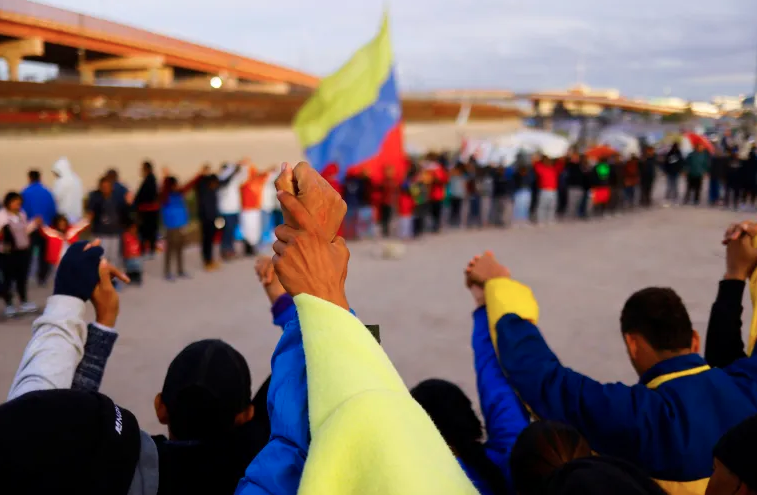As soon as a week from today, the Biden administration could implement a policy that would force people to seek asylum and wait for an answer in Mexico, or another country they passed through, with limited exceptions. The proposed change is based off of a Trump-era policy that the ACLU fought in court, and which President Biden previously condemned. It also stands in direct violation of United States asylum laws and will lead people fleeing violence and persecution to face avoidable harm.

President Biden campaigned on promises to restore and strengthen the asylum process. Instead of re-committing the United States to its promise of upholding international humanitarian practices, his administration plans to replace the inhumane Title 42 policy enacted under the Trump administration with a similarly dangerous one, taken straight from the Trump administration’s playbook.
Baine Bookey, legal director of the Center for Gender and Refugee Studies, and Katrina Eiland, managing attorney for the ACLU’s Immigrants’ Rights Project, join us today to unpack this rule, the harm it will cause thousands of people, and to explain what the asylum process should look like.
